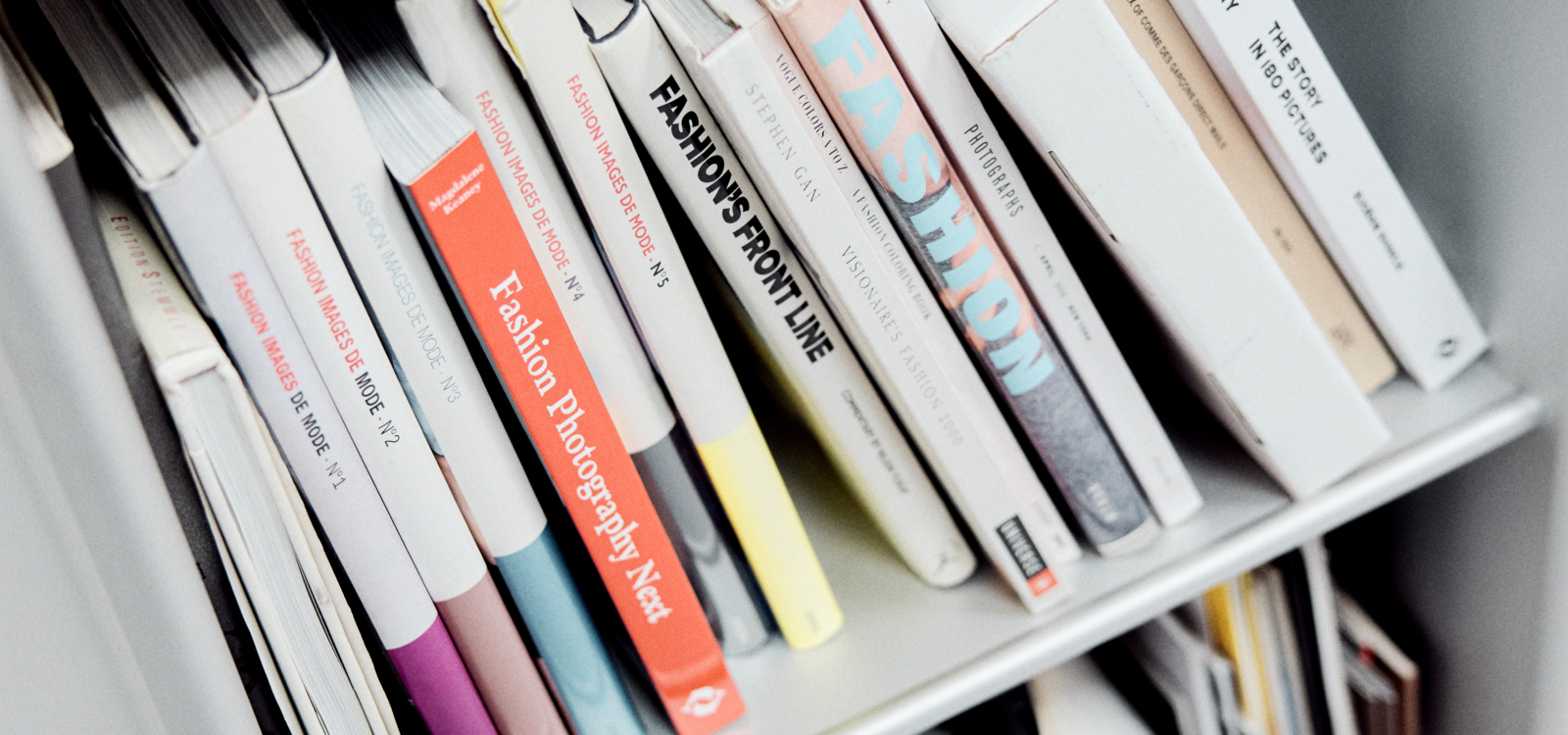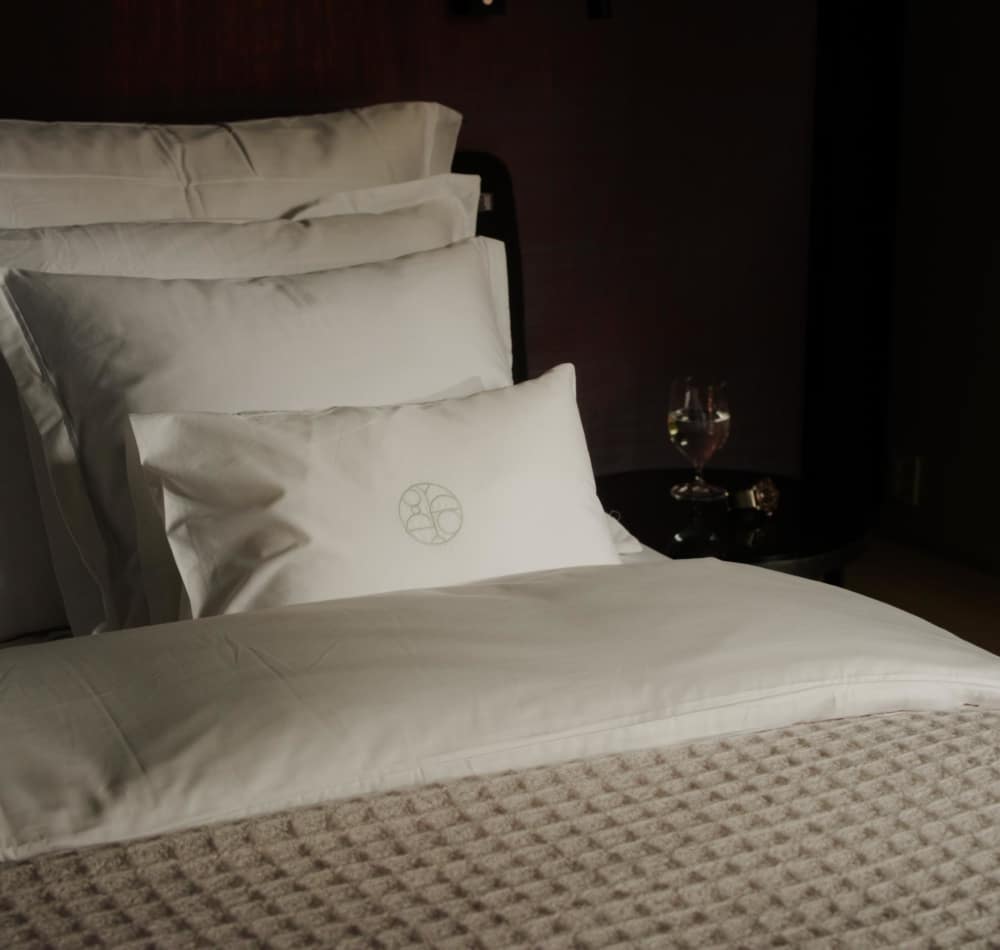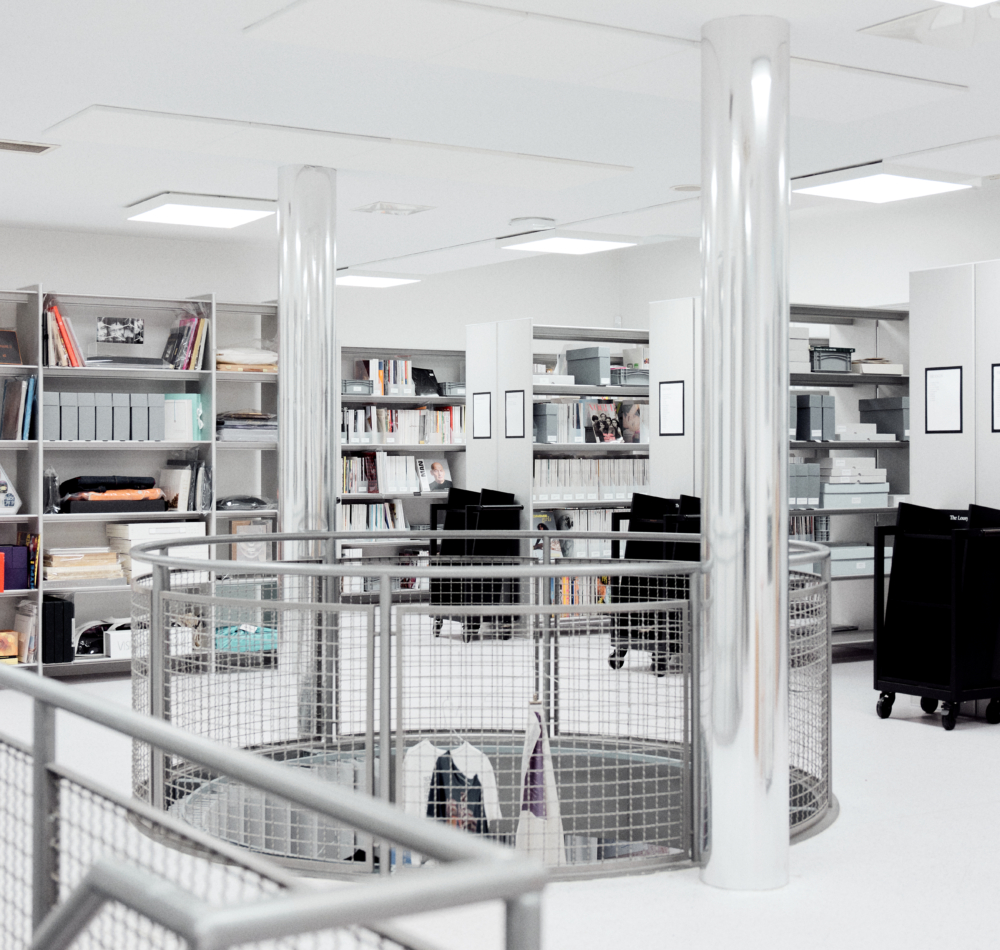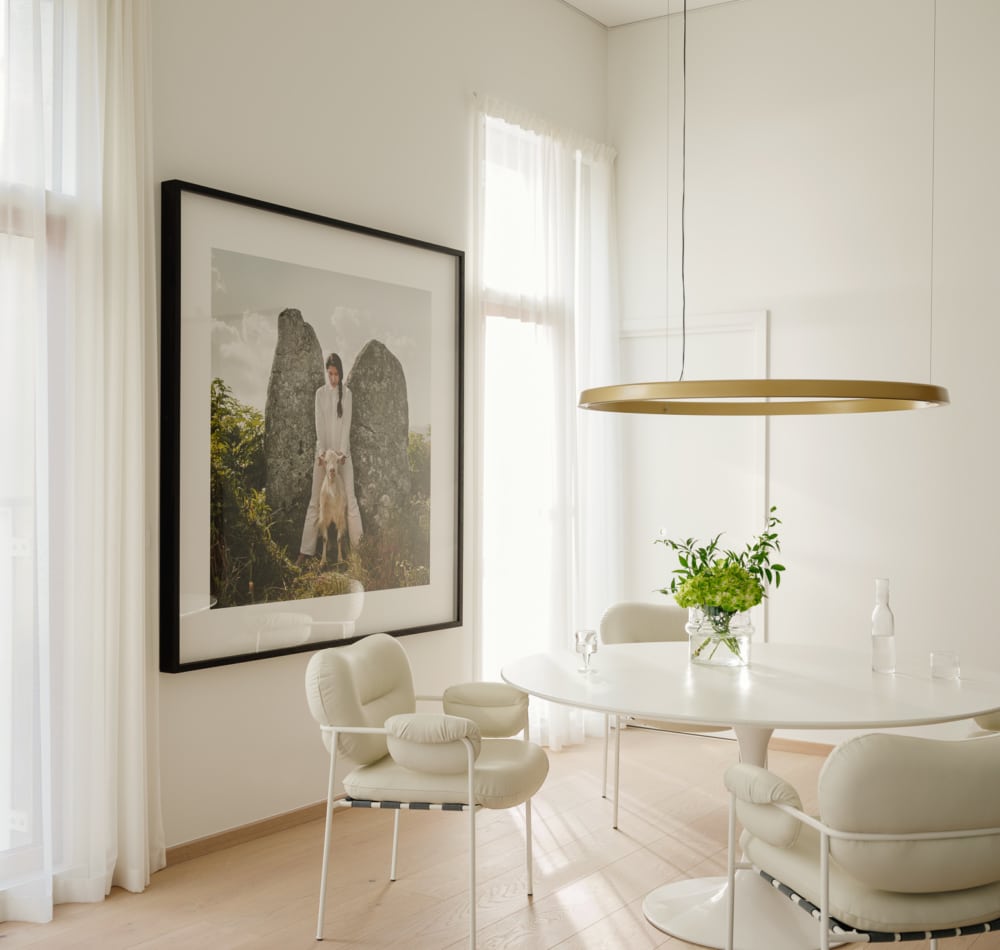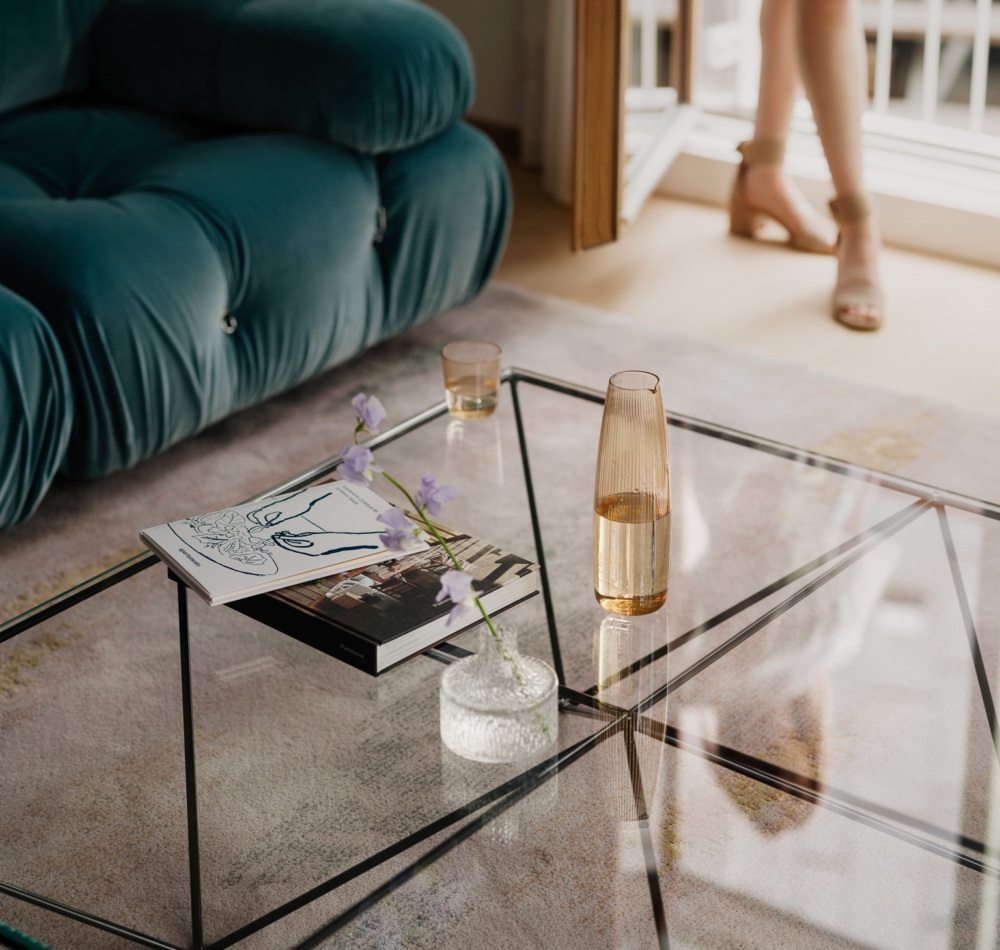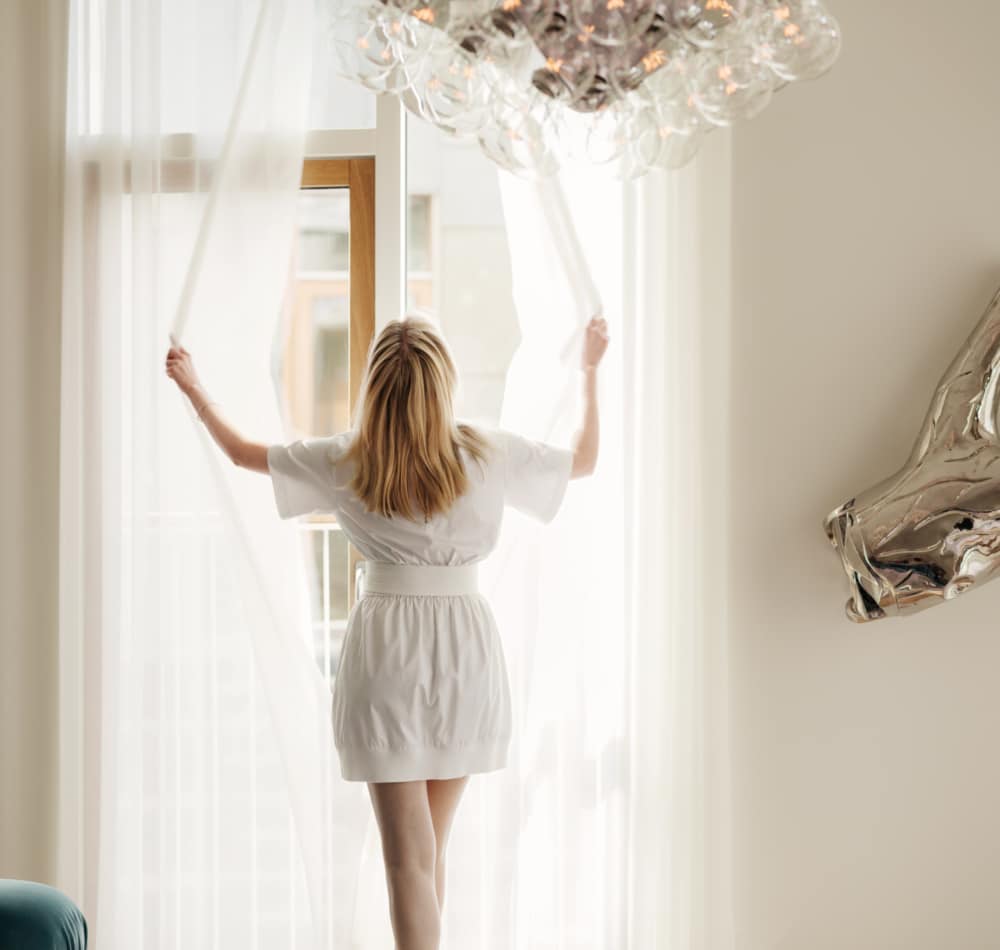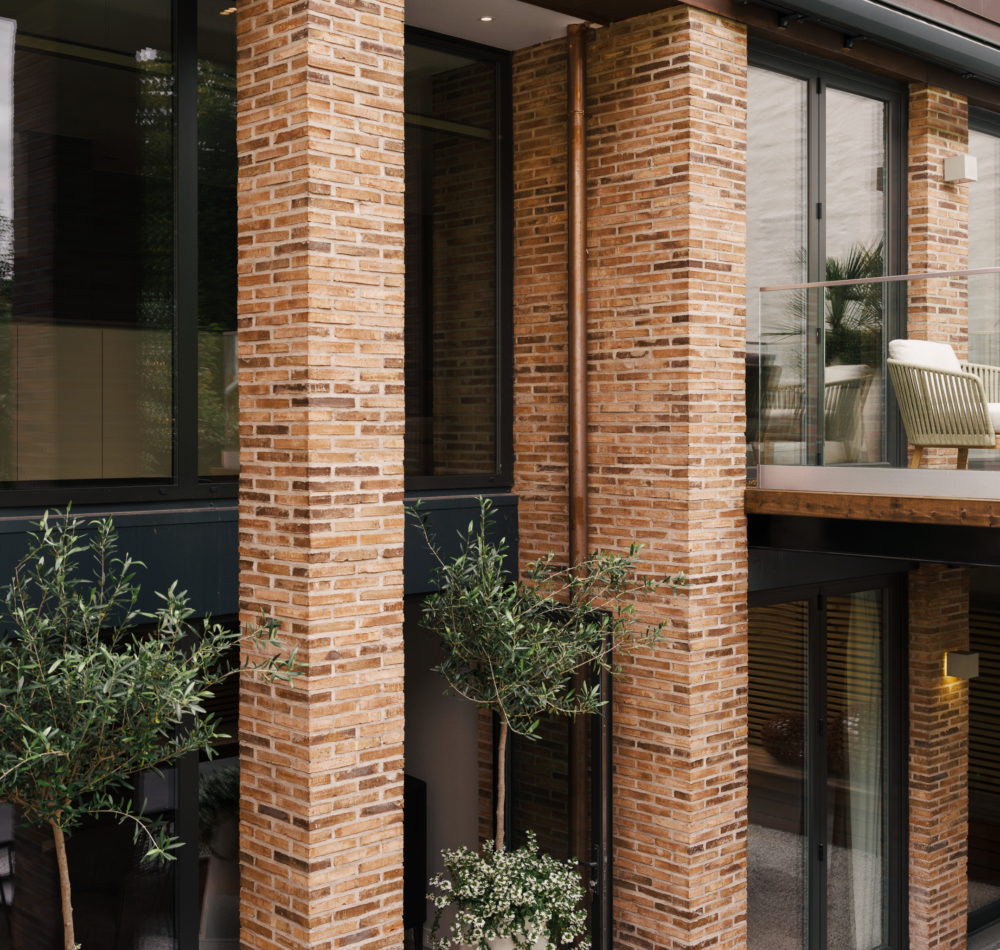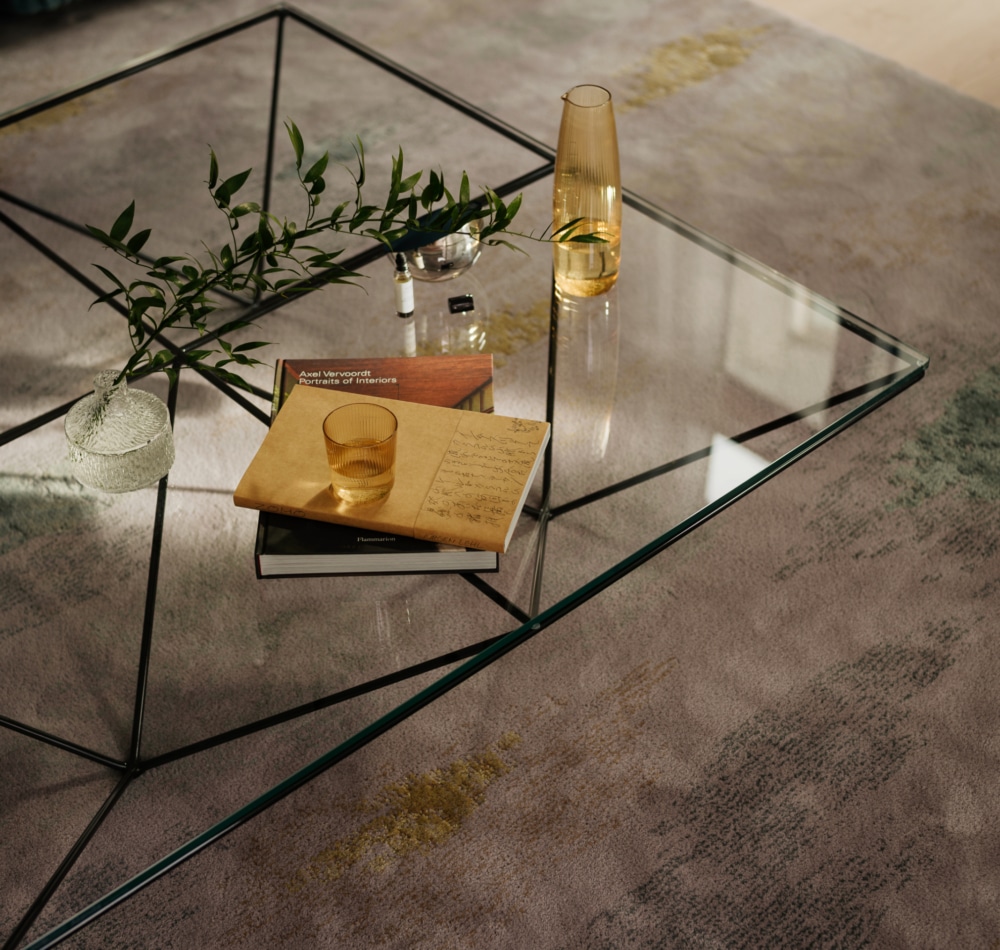INTERNATIONAL LIBRARY OF FASHION RESEARCH
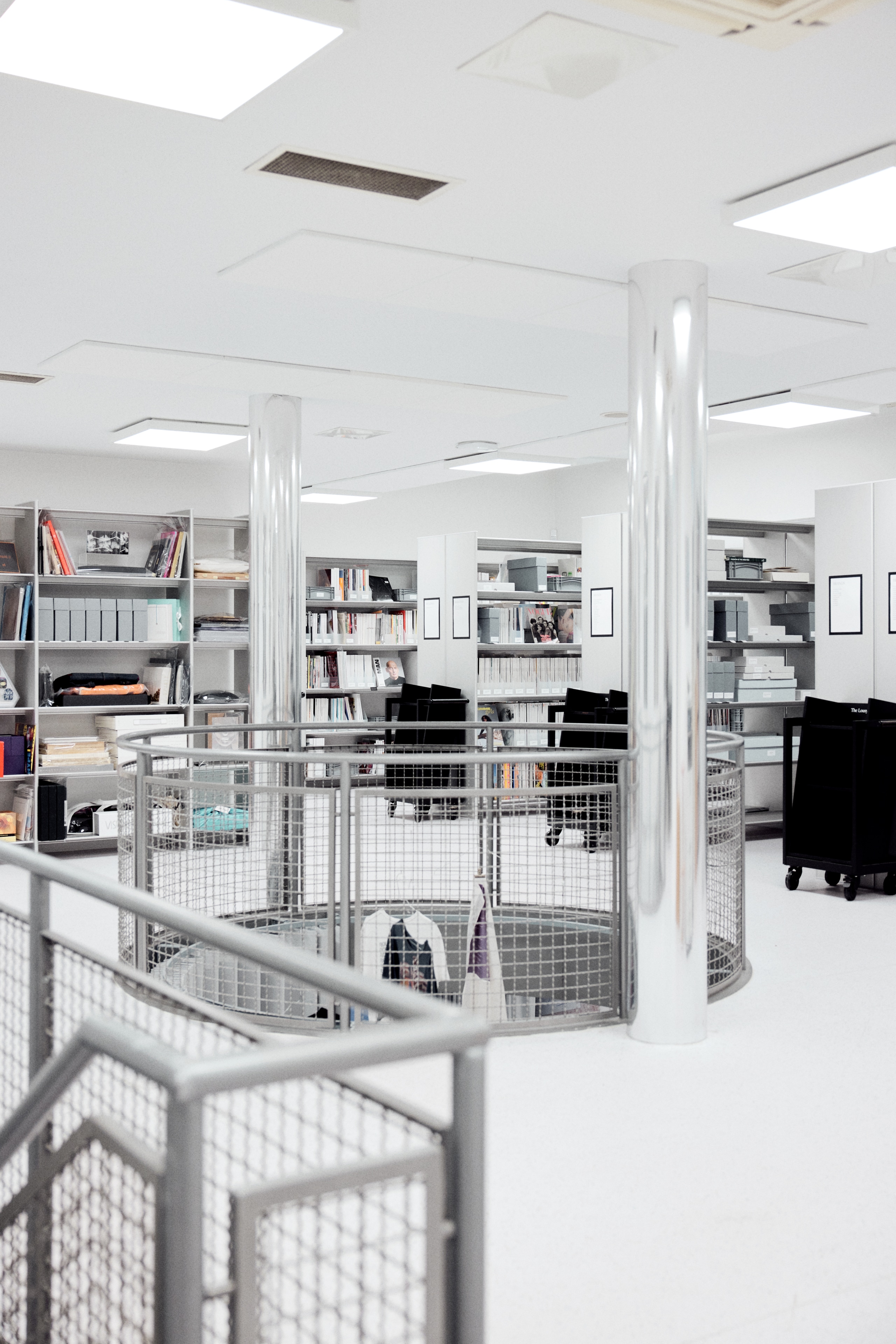
At Aker Brygge, as a part of the National Museum, you’ll find a very special library indeed. And how it came to be is quite an exceptional story.
Elise By Olsen has previously been described as the world’s youngest magazine editor and launched the magazine Recens Paper at 13. At 17 she began working on the publication Wallet, that examined the fashion industry from different perspectives, with the last issue released in 2021. Now By Olsen works as a consultant for major fashion houses and has curated several international art exhibitions. The Norwegian native has guest-edited for Another Magazine, and the magazine Dazed named her one of the most influential voices in the fashion industry. A few years ago By Olsen took on yet another role, this time as a librarian, collaborating with the Norwegian National Museum to open the International Library of Fashion Research in Oslo. The library launched digitally in 2020 and had its physical opening in 2022, located in the National Museum’s premises at Aker Brygge. How did the world’s youngest magazine editor become a librarian, you may ask? Well, it ’s actually quite a funny story. «I think I was 15 when I got the first email. The email came from a very strange email address and contained only one question: ‹Who are you?›», By Olsen says.The email was from Steven Mark Klein, a 65-year-old cultural theorist from Downtown New York. Klein was what you could call a living legend within a very specific group of creative people in New York. When you’ve lived with Jean-Michel Basquiat and mingled with legends like Keith Haring and Robert Mapplethorpe, you find yourself at what many would call an iconic, historic, almost cinematic boiling point of a creative golden age. «I wrote a long and detailed reply that started with something like, ‹My name is Elise, this and that. These are my hopes and dreams, blah blah blah.› And Steven responded, ‹Yes, I know. I was just kidding with you. LOL›.». This marked the beginning of a friendship that would prove to be significant. Through what By Olsen describes as hundreds of thousands of emails, conversations, and eventually meetings, Klein became By Olsen’s mentor and compass in many creative processes, and she became like a goddaughter or grandchild to him. In 2017, By Olsen visited Klein in New York. Since she was a minor, her parents had to give their official consent for her to travel. «When I look back on it, it ’s quite incredible that I was able to travel to the States as a 17-year-old to meet an adult man I had never seen a single picture of, all by myself. He only had a landline, no mobile phone, his name was Steven Mark Klein, but he also went by the name Steve Oklyn. I remember thinking how ordinary he looked when I met him. I could never have imagined his incredible story if I had walked past him on the street.». Steven Mark Klein started collecting fashion publications around 1975. His collection included books and magazines, but stands out due to his special interest in lookbooks, catalogues, and promotional material. «What ’s so remarkable is how they spent so many resources on these catalogues, which for many people were disposable. These were things you’d just accept, flip through, and throw away. It wasn’t common to collect these, compared to similar material from the art world», By Olsen reflects. In 2018, Steven Mark Klein called Elise By Olsen. «He said that he wanted me to inherit his collection. He said he felt he had done his job, that he had planted a seed, and that he wanted me to have the collection. I, of course, said yes, and I saw it as an enormous honor and a big responsibility. But I didn’t have anywhere to store it. We’re talking about a collection that could fill a one-to-two-bedroom apartment, consisting of over 5,000 different works.». «At that point, I was already in dialogue with the National Museum regarding their focus on contemporary fashion, where they had invited me to curate an exhibition. So during a meeting with them in December 2019, I agreed to curate the exhibition, but at the same time, I presented the idea of the library», By Olsen explains. «It ’s meant to be an open, free, and accessible cultural activity that can serve as a living research environment and an exhibition center for printed material and props from the fashion industry.». The original collection from Klein consists of over 5,000 works, but it has now tripled after donations from various fashion houses, publishers and private collectors. It consists mainly of printed objects like magazines, books, catalogues, invitations, posters, and various props from the period between 1975, when Klein began collecting, and the present day. «This is an industry that touches so many things, and much of the study of fashion deals with the body, spatial understanding, anthropology, politics, and economics – it stretches so far. Many people see it as something very linear, but it ’s actually a very universal field. I would argue that it ’s perhaps as universal as food, maybe even more.». «I also think there is a certain neutrality and mystique about Norway when seen from an international perspective. At the same time, it ’s nice to be able to give something back to the industry and the country I come from, and this is something I missed when I first became interested in fashion. If we are going to build an industry, we have to start at home. I hope this can be a springboard for Norwegian talents, but also something that can attract international players here so that we can create a dialogue across borders.».
